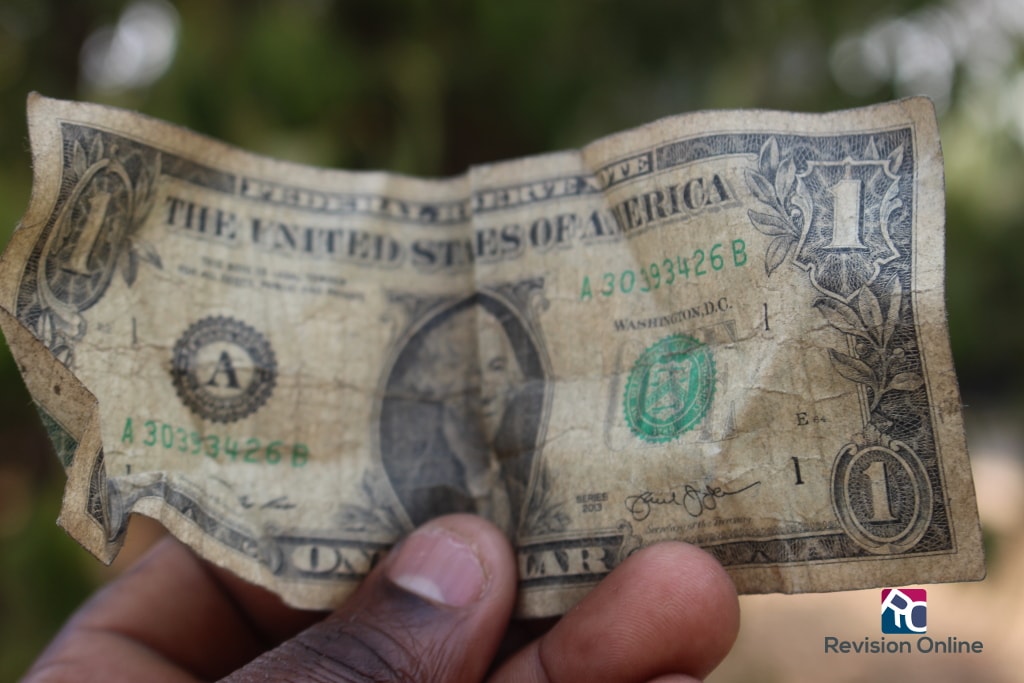Cambridge IGCSE Accounting(0452)/O Level Principles of Accounts(7110) Notes: The Purchases Ledger
- A purchase is when good(s) are bought with intention of selling them later,
- usually these goods will be sold at a profit
- Items bought with the intention of using them in the business are known as assets
- We have already looked at how to make entries in the Purchases Day Book and then transferring them into the Purchases Ledger here
- This is the normal cycle: first a purchase transaction is recorded in the subsdiary book( book of original entry) i.e Purchases Journal/Purchases Day Book
- Then into the appropriate ledger account in the Purchases Ledger
- The Purchases Leger contains all the personal accounts of the creditors from whom we have bought goods on credit
- Only credit purchases are recorded in the Purchases Ledger
- The Purchases Ledger is also aptly known as the Creditor’s Ledger
- Cash Purchases are not to be recorded in the Purchases Ledger
Purchases Ledger transaction and their entries
- When we purchase goods worth $x from M Mussa:
- Debit the Purchases Account with $x
- Credit M Mussa’s Account in the Purchases(Creditor’s Ledger) with $x
- When we settle our account and receive no Cash Discount:
- Debit M Mussa’s Account with the payment amount
- Credit Cash/Bank Account with payment amount
- When we settle our account and receive a Cash Discount:
- Debit M Mussa’s Account with the payment amount
- Debit M Mussa’s Account with the discount amount
- Credit Cash/Bank Account with the payment amount
- Record the discount amount beside in the discount column beside the payment amount in the Cash Book
- We do not record Cash Purchases in the Purchases Ledger
- We do not include the Trade Discount Amount in our double entries
- You can use the example here to learn more about entering Purchases transactions into the books
To access more topics go to the Cambridge IGCSE Accounting(0452)/O Level Principles of Accounts(7110) Notes.



